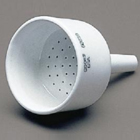Low Pressure Chromatography
Low Pressure Chromatography
Preparative or purification chromatography is used to isolate a compound in a quantity and at a purity level needed for further experiments or processes by isolating that compound from starting materials, side reactions or other impurities
Featured Suppliers:
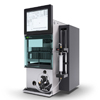
BUCHI Pure Chromatography Systems
Flash or combination flash/prep LC systems are compact and can be used outside the fume hood.
Featured Products

Hexane, ACS VWRC-BDH
Use in conjunction with Ethyl Acetate or Dichloromethane as preparative mobile phase
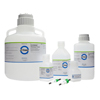
JTB BAKERBOND PROchievA Resin
The J.T.Baker® BAKERBOND® PROchievA™ protein A resin offers superior dynamic binding capacity with excellent alkaline stability linked to Avantor's proprietary ligand
Sampling

Products:
Sample Storage & Handling
Sample Preparation
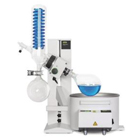
Analysis
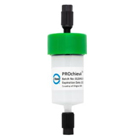
Results, Reviews & Data Storage

What is Low pressure Chromatography?
The main difference between high and low pressure chromatography is the amount of pressure applied to the sample to separate its components.
High pressure liquid chromatography (HPLC) may require the use of multiple pumps and results in high resolution. HPLC samples are often not collected for further use but are instead directly analyzed in conjunction with other techniques like mass spectrometry.
In comparison, low pressure liquid chromatography (LPLC) usually uses only one pump to force the mobile phase through the column and results in lower resolution. This pump applies low pressure, and this type of chromatography is used for preparative or purification chromatography to obtain individual components from the sample.
